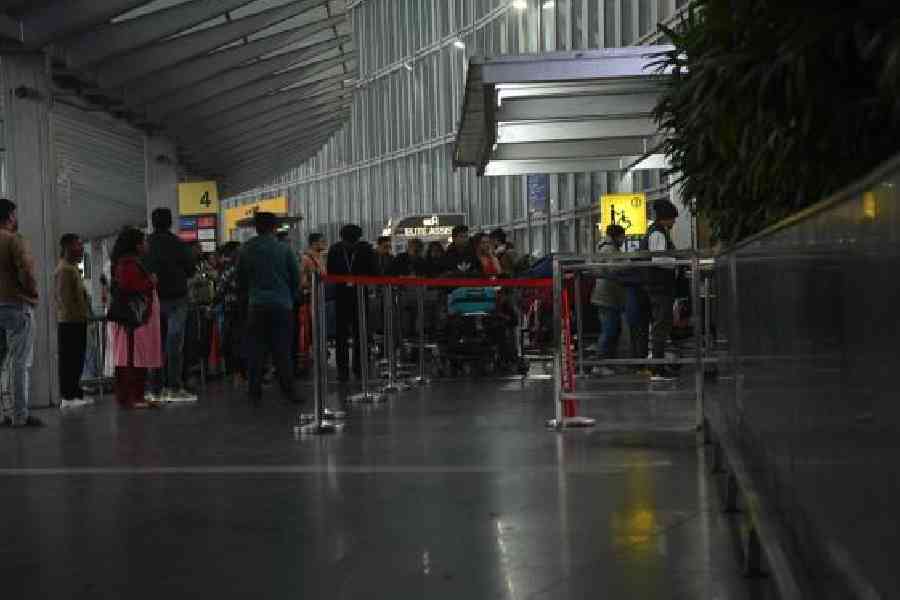The disruption caused by Covid-19 has affected India’s securitisation market, with volumes falling in the second half of the year ended March 31, 2020.
Securitisation, a form of fund raising, is a process by which receivables of certain loans — auto and home loan among others — are pooled together and sold as debt instruments, which are called pass through certificates (PTCs).
During 2018-19, securitisation volume had surged to Rs 1.9 lakh crore from Rs 0.8 lakh crore in the previous year.
Growth was maintained in the first half of 2019-20, but saw a massive fall in the latter half as the economy slowed and risk aversion grew among market participants amid the Covid-19 pandemic.
Securitisation in the last fiscal was the same as 2018-19 at Rs 1,9 lakh crore, but collections fell drastically in the second half to Rs 0.7 lakh crore from Rs 1.2 lakh crore in the first half.
“There was a sudden meltdown in volume last fiscal in March, when transactions typically peak. Pass-through certificate (PTC) issuances, for instance, dropped to around Rs 9,000 crore compared with Rs 15,000 crore in March 2019,” Krishnan Sitaraman, senior director, Crisil Ratings, said,
“Any uptick in delinquencies in retail loan portfolios of financiers on account of the economic slowdown or weakening of credit discipline among borrowers would be a dampener,” it noted.










